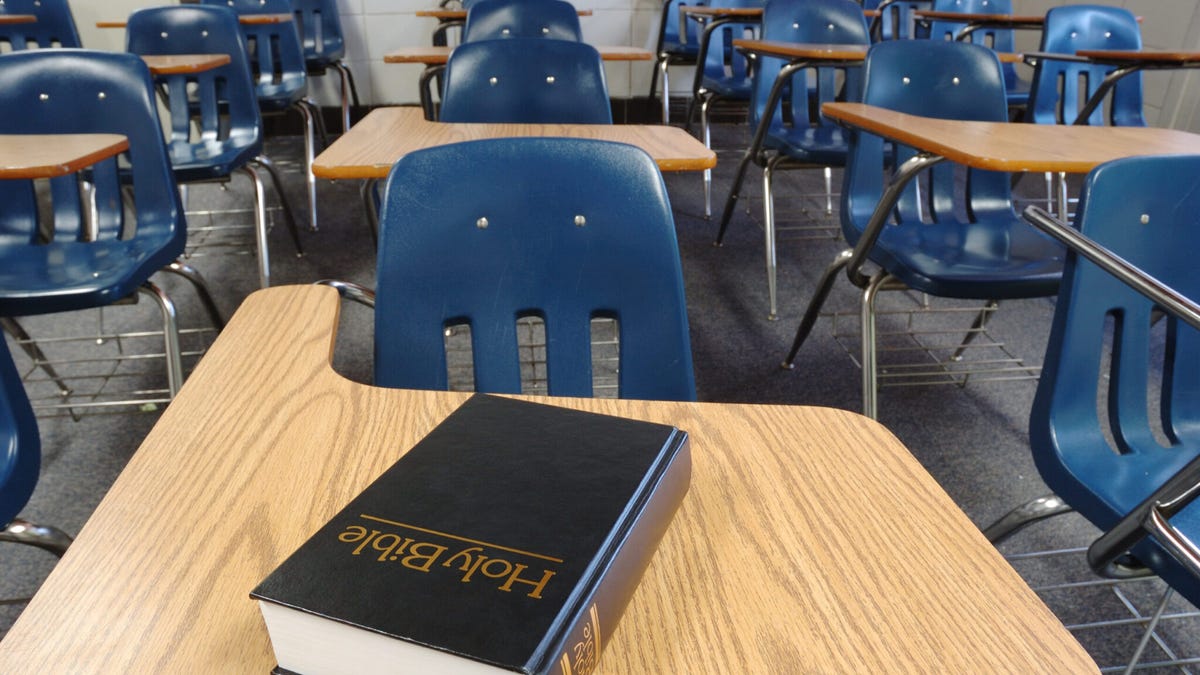JUNEAU — Senate budget crafters have adopted a spending plan that includes dividend payments of nearly $1,600 for eligible Alaskans.
The Senate Finance Committee this week reduced the dividend payments approved by the House earlier this year, which would have given every eligible Alaskan nearly $2,300 and would have required a significant draw from already-depleted state savings.
The final dividend figure is set to be at the center of end-of-session negotiations. But other than the differences in cash payments to Alaskans, the two chambers are largely in agreement on the funding items in the operating budget, which covers the cost of running state agencies and services for the fiscal year that begins in July.
The House and Senate appear poised to hold the line on agency spending and include $175 million in one-time, outside-the-formula funding for public education to help make up for years without inflation-proofing and Gov. Mike Dunleavy’s veto of a permanent increase to the school funding formula.
Differences between the House and Senate spending plans — including the size of the Permanent Fund dividend — will be worked out by a small group of lawmakers from both chambers in the final two weeks of the session, which must end by mid-May.
By reducing the size of the dividend, Senate Finance Committee members said they hoped to avoid a draw from the state’s main savings account, called the Constitutional Budget Reserve, which requires the approval of three-quarters of House and Senate members.
Legislative Budget Director Alexei Painter said Thursday that the Senate’s spending plan would lead to a deficit of almost $7 million in the coming fiscal year — far less than the projected deficit included in the House version of the spending plan. Senate Finance Co-Chair Sen. Bert Stedman, a Sitka Republican, said he expected that by the time the spending plan was approved by both the House and Senate, the deficit would be eliminated altogether, producing a budget that balances expected revenues and spending.
According to an agreement between the Senate and House made earlier this year, the full Senate has until May 2 to pass its version of the operating budget. Once the Senate approves the budget bill, it will be sent to the House for an up-or-down vote. Unless a majority of House members agree to changes made to the bill by the Senate, it will be sent to a conference committee to work out the differences.
The biggest task for the conference committee will be to find common ground on the size of the dividend. Senate members said Friday that the number would likely be closer to the $1,600 figure they had proposed, because the House plan would have created a nearly $270 million gap in state finances — with few options to cover the deficit.
Those options could include either cutting the size of the capital budget, which is used to cover the cost of infrastructure projects and facility maintenance, or drawing from savings.
The Constitutional Budget Reserve had around $2.5 billion at the beginning of the current fiscal year, below the minimum $3.5 billion that Painter said is recommended to buffer the volatility in the price of oil, which still accounts for a large portion of state revenues.
Stedman said the Legislature should look to build the account — rather than drawing from it — by “at least half of a billion” to prepare for fluctuating oil prices.
“Reading the tea leaves, I don’t think that there is a will in either body, really, to do a draw from the (Constitutional Budget Reserve) account to access the additional funds,” Sen. David Wilson, a Wasilla Republican who serves on the Senate Finance Committee, said Friday. “No matter how much I wish I could give my constituents a larger PFD, I just don’t think the will in both bodies is going to be there.”
Wilson said the sticking points in the final weeks of the legislative session will likely come not in the operating budget, but from key pieces of legislation where the Republican-controlled House majority and the bipartisan majority in the Senate have not found common ground.
“I think that’s going to be more contentious than the operating budget this year,” said Wilson, listing energy, education, criminal law reform and election policy as the areas of disagreement.
“So there are still four big items where the House and Senate have not come to a fully agreeable compromise yet. I think that’s going to be more of a struggle to get consensus, over the budget,” Wilson said.
That would be a departure from past years, when the House and Senate have diverged in their visions for the operating budget, leading to dramatic budget showdowns in the final days of the session. The state budget is seen as the most important piece of legislation passed every session — and the only one constitutionally required to be adopted each year.
The Senate’s dividend amount was calculated by appropriating one-quarter of Permanent Fund earnings toward the dividend — at around $1,350 per eligible Alaskan — leaving three-quarters of the annual draw from the Permanent Fund to pay for state government. The Senate’s dividend was boosted by just over $200 per recipient in energy relief payments, which were calculated using excess oil revenue from the current fiscal year.
The House’s larger dividend plan was cobbled together using Permanent Fund earnings, energy relief funds and surplus earnings that would otherwise be deposited in the Constitutional Budget Reserve.
The Senate again added a so-called “waterfall” provision to the budget this year — similar to the one approved last year — meaning that if oil revenue in the coming fiscal year is higher than currently expected, some of the additional funds could be redirected to next year’s dividend payouts in the form of energy relief checks.
Unlike the dividend, which is taxed by the federal government, energy rebates are tax-exempt.
While the budget plans are largely similar, small differences remain between the funding priorities of the House and Senate.
The House included $20 million for the University of Alaska Fairbanks to achieve R1 status, the top classification for U.S. research universities. That funding was left out of the Senate’s version of the budget.
The Senate included $12 million in education funding to account for what federal officials have said the state owes certain districts in coronavirus relief dollars. The Dunleavy administration has disputed the federal government’s assertions, and the funding was not included in the budget by the House.
The Senate eliminated funding altogether for the Alaska Gasline Development Corp., which has received millions of state dollars to explore the development of a natural gas pipeline, with limited results. The House had reduced funding for the corporation but not eliminated it entirely.
Every difference between the House and Senate versions of the budget could become a piece of the final session negotiations, as lawmakers look to return to their home districts — and in some cases to awaiting re-election campaigns — in which legislative accomplishments could prove vital.
“I think the real knowledge here is that there’s not a lot you can do with this budget,” said Sen. Scott Kawasaki, a Fairbanks Democrat, explaining lawmakers’ pivot to focus on legislation that does not come with a price tag. “There’s not that many levers that you can move up or down. There’s not that much money that you can just transfer into savings. And there’s not that much money that you can transfer to increase the Permanent Fund dividend at this point.”

:quality(70)/cloudfront-us-east-1.images.arcpublishing.com/adn/UJL6GONUKFFJ5PYB6FO5EUVHMY.jpg)
:quality(70)/cloudfront-us-east-1.images.arcpublishing.com/adn/CWRC25VHXZG3ROSTUP6QHAAXUY.JPG)


























